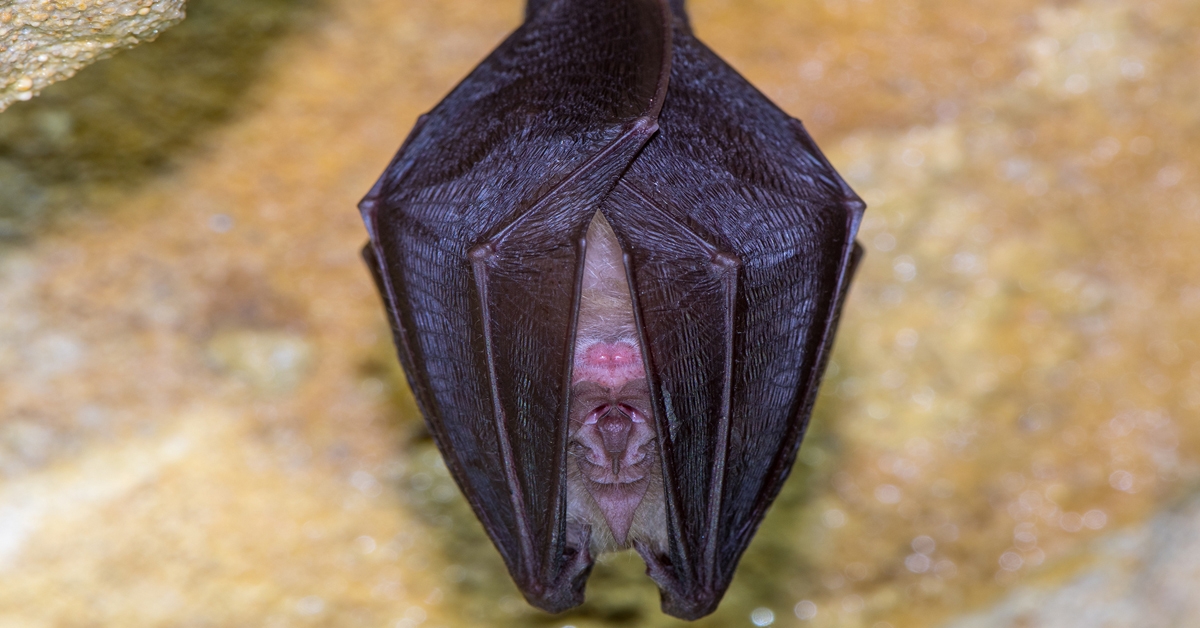Fall is a time of year when bat observations are common in Montana. This time of year young bats are attempting to take care of themselves, some bats are beginning long migrations to warmer climates, and some bats are grounded by disease or illness.
A common misconception is that bats “carry” rabies. Bats are not asymptomatic carriers of rabies, that is, the rabies virus does not exist indefinitely in a bat host. When a bat contracts rabies, it dies. When a bat begins to show clinical signs of the disease, it becomes lethargic, loses its appetite, and often ends up grounded because it can no longer fly or feed.
Seven rabies-positive bats have been confirmed across Montana as of August 31, 2018. While this is normal, it is important to remember what to do when a bat is found. Bats should be tested for rabies in all situations where there was potential for human or pet exposure, such as direct contact with the bat or sleeping in a room where the bat was found.
Bats should also be tested in situations where direct contact cannot be ruled out, such as when a bat is found in a room with a sleeping child or a mentally incapacitated individual. For questions about exposures to bats within the home and how to submit bats for testing, contact your local health department. Local health department contact numbers and other information can be found on the DPHHS Rabies webpage.
Bats found indoors when there has been no potential for human contact should be captured or encouraged to move outdoors, using some easy techniques based on the bats’ own desire to get back out.
Directions for removing bats from indoor spaces can be found on the Montana Fish, Wildlife & Parks’ Living with Wildlife webpage.
Some Montana bats may be more visible this time of year because they are starting a long migration to warmer climates. Migration requires large amounts of energy, and a tired bat may attach to the first shingle, tree, or parking garage it can find to take a much-needed rest. A bat found in this situation doesn’t typically stay long.
Finally, bats succumb to all sorts of diseases, injuries, and poisons. FWP is particularly interested in investigating any group mortalities, which is any situation where more than two dead bats are found in the same area or within a few days of one another. In recent years, a large die-off of bats in the Bitterroot Valley was tied to DDT exposure, and die-offs of bats in other places have been tied to toxic algal blooms. Please contact the nearest FWP office to discuss any die-off you come across and for directions on safe methods of carcass collection for testing or for carcass disposal.
While bats do pose some human health risk in rare situations, their important role in the ecosystem cannot be overstated. Bats consume thousands of mosquitoes and agricultural pests each night. Bats in other places pollinate the plants that bring us bananas, chocolate, and even tequila. The scary, aggressive bats depicted in movies simply don’t exist, but the bats that provide millions of dollars in ecosystem services are all around us. MSN
Visit the FWP Living with Wildlife page for more information.










